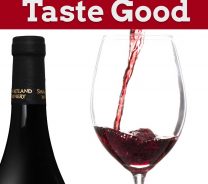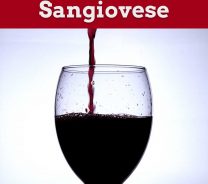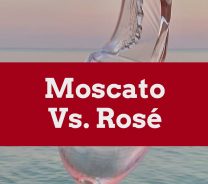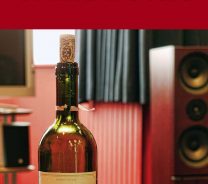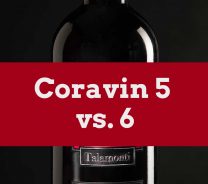Wine Pairing Antipasto Platter
Last Updated on August 1st, 2023
Reader Disclosure Disclosure: We may earn commissions for purchases made through links on our site. Learn more on our about us page.Antipasto platters are a perfect way to prepare for a coming meal. The arrangement of Italian meats, vegetables, cheese, and bread makes the perfect companion for a nice bottle of wine.
When making a pairing of wine with an antipasto platter, it is important to remember that the wine will affect the flavors in the platter and vice versa. There is a science to pairing antipasti and wine. Each flavor on the platter has a perfect wine pairing.
Today you will learn the rules to matching these flavors and how to choose a wine that will be perfect for your antipasto platter.
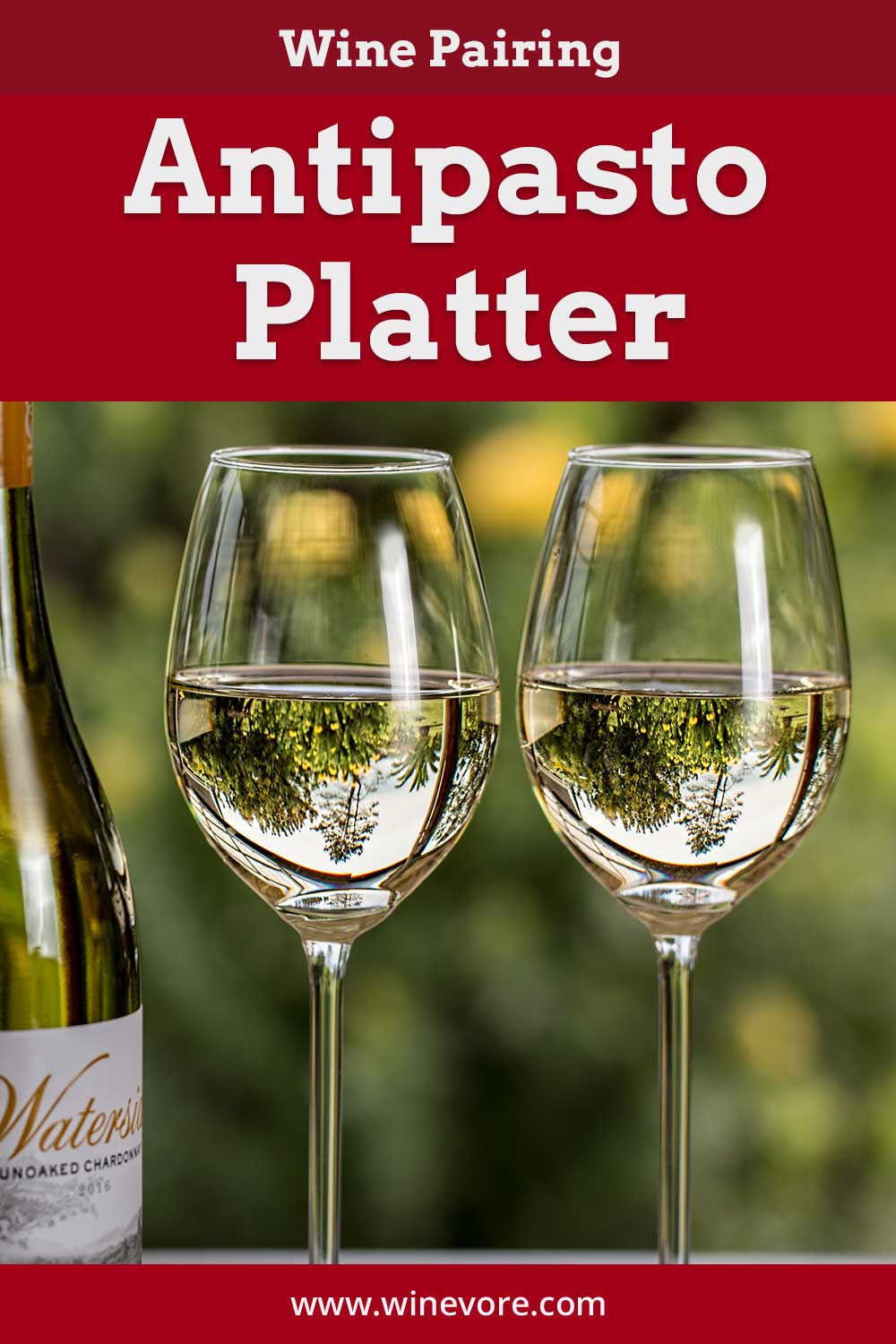
What Are the Best Wines to Pair With Antipasto Platter?
Many different foods can be found in an antipasto platter, such as:
- Tomatoes
- An assortment of cheeses
- Pickled peppers
- Vegetables like artichokes and mushrooms
- A variety of olives
- Italian meats like pepperoni and prosciutto
Knowing the flavor profile of your antipasto platter will be the key to matching it to the right wine. An antipasto salad of mozzarella and tomato pairs perfectly with a wine such as Lambrusco, a red wine that carries aromatic flavors of berries, orange peel, and black olives.
If there are mainly acidic flavors like pickled peppers in your platter, choose a Chardonnay or dessert wine to balance the bitterness. Pair hard cheeses with Chianti or a similarly dark, rich wine. Cheeses like ricotta can be paired with Sweet Riesling.
Most antipasto platters will feature green or black olives (or both). For these, pair with Pinot Noir (black olives) and Cabernet Franc (green olives).
Wash down foods like artichoke hearts with dry, acidic wines such as Sauvignon Blanc. Artichoke hearts tend to alter the flavor of other foods after eating them by making other foods taste sweeter.
Do You Pick Red or White Wines?
There is no either-or when choosing a wine to go with your antipasto platter. Red wines, white wines, and even sparkling wines can pair well with an antipasto platter.
The goal of your pairing should be to create a balance between the flavors. The meats, pickled peppers, and often the cheeses will create an overall umami or salty taste on the palate.
Choosing a bone-dry white wine or moderately acidic red wine pairs well with an antipasto platter by balancing out the saltiness with the acidity.
Do You Need Wines with Less or More Acidity?
As we explained in the previous section, acid helps balance the salt. Sk\ince the two work to balance each other, choosing more acidic wines is the best pairing for antipasto platters.
It also works in reverse. For example, making an antipasto platter would be a perfect opportunity if there is a particularly tart or acidic wine you would like to try, such as Sauvignon Blanc.
In the same way, the wine’s acidic flavor balances the dish’s saltiness. The salt in the platter will lessen the bite of a tart wine. With all that said, go for an acidic wine pairing. Antipasto platters and acidic wines make a perfect match.
Are Sparkling Wines a Good Pairing?
It is common to pair sparkling wines like Champagne or Prosecco with an antipasto platter.
Proseccos have a light, citrusy flavor that pairs well, especially with cheese, which is a common element of antipasto boards.
The classic antipasto and wine pairing are with champagne. Cured meats, cheeses, and vegetables all go well with sparkling brut champagne.
Choose a white wine, prosecco, or brut champagne. If your platter involves these foods:
- Toasted bread
- Ham or prosciutto
- Soft cheeses like gorgonzola
- Seafood like sardines
- Green olives
- Veggies
All in all, you can’t really go wrong with sparkling wine as the beverage that will accompany your antipasto platter.
Are There Any Wines You Should Avoid?
The general rule is to pair wines with things that balance them. So, do not pair light wine with heavy foods, don’t pair very bitter foods with very bitter wines, etc.
The exception to this is sweetness. If your antipasto tray involves mainly sweet elements, you will actually want to choose a wine sweeter than the sweet elements. The wine will not have an overwhelming sweetness because it is paired with sweet foods.
Some examples of sweet antipasti are:
- Dark chocolate almonds
- Ricotta and honey
- Honey or glazed maple meats
As we mentioned before, pair them with acidic wines for salty foods. Examples could be:
- Salty cheeses
- Pickled vegetables
- Cured meats
As we have mentioned, the general rule here is to create harmony and balance between the foods and the wine.
Final Thoughts on Wine Pairing for Antipasto Platter
An antipasto tray paired with the right wine is the perfect way to start a meal. The combination of flavors and various finger foods prepare the palate for the culinary experience to come.
However, it is pertinent to choose the right wine to avoid disrupting the harmony within the dish.
As a general rule for pairing wines and antipasti, remember the harmony that should be present. Pair flavors that balance one another, like salt and acid, sweet and sweeter, or mild and light.
Following these tips and our recommendations, you will have a harmonious experience with your perfect wine and antipasto platter pairing.

